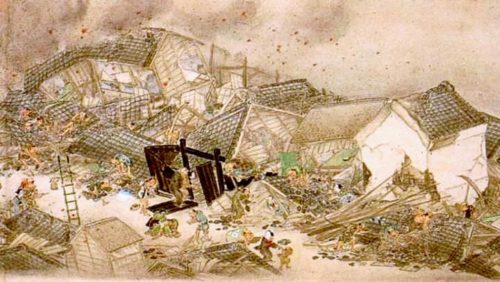The politics of (not) remembering Wenchuan’s earthquake victims
Ten years after a devastating earthquake in Sichuan left 90,000 dead, some locals are still searching, in vain, for answers.
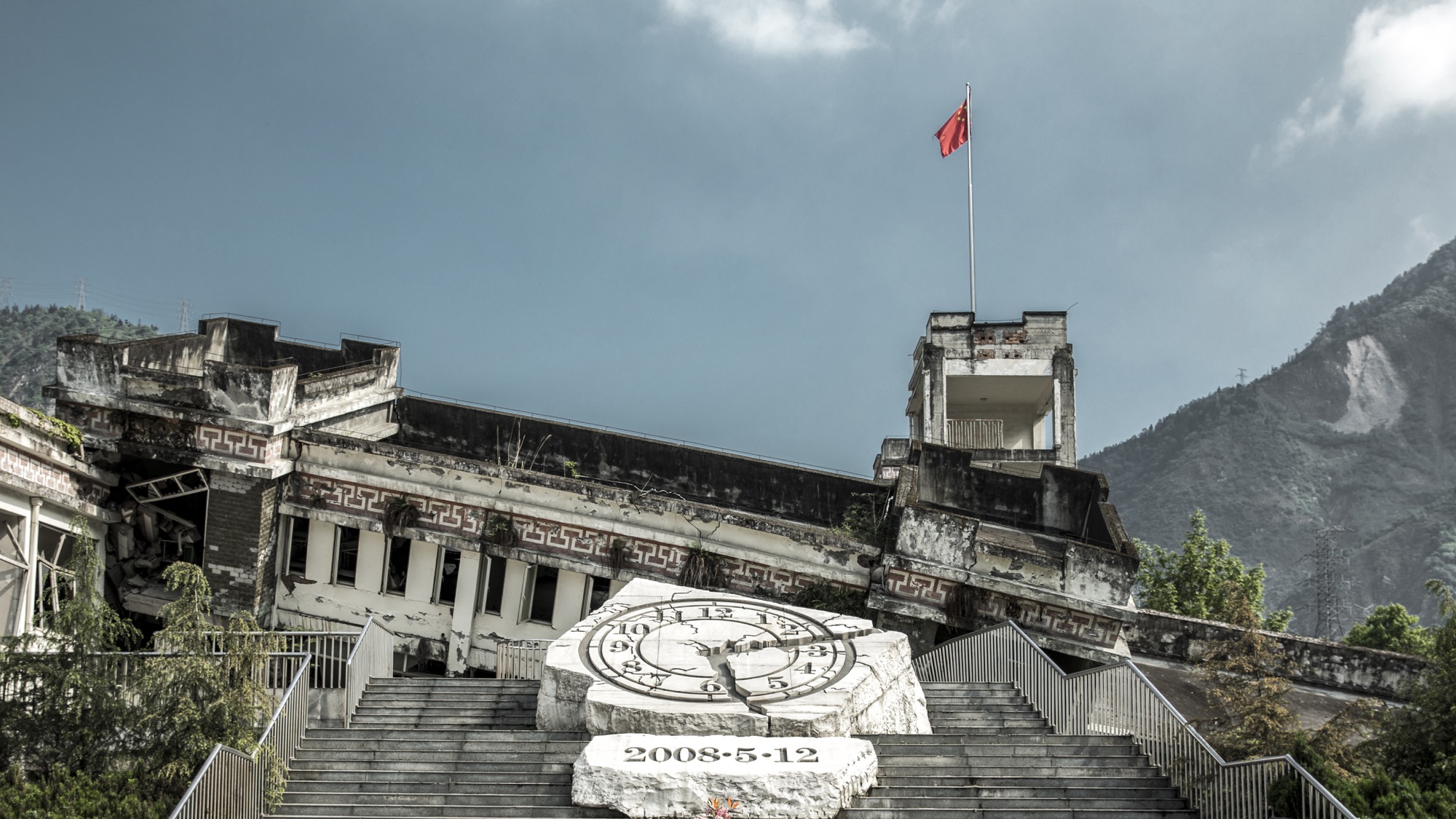
Photo by Yang Junzhe 杨珺喆

On April 24, 64-year-old Tan Zuoren 谭作人 sent 25 letters out by courier mail to provincial and national level leaders of the Chinese Communist Party, including Standing Committee members Li Keqiang, Zhao Leji, Li Zhanshu, and Xi Jinping himself. He had one request: a transparent investigation into the deaths of thousands of schoolchildren killed in shoddily constructed “tofu dreg” schools during a magnitude 7.9 earthquake 10 years ago — the infamous “Great Wenchuan earthquake” 汶川大地震 that is being commemorated this week in media outlets both domestic and foreign. It is the same request that he and a small but tenacious group of other concerned citizens and bereaved parents have been making since the summer of 2008.
Not only has the Chinese state failed to conduct a public investigation — though the provincial government claimed in a March 2009 press conference that it had — it has actively punished petitioners with detention, house arrest, forced travel, and physical violence. Many of the schools have been cleared to prevent independent inquiries, according to parents, even as the rubble and ruins in other places have been preserved as memorials.
Tan, a Chengdu-based former magazine editor turned activist, was arrested in the spring of 2009 as he was finishing a yearlong investigation (files in Chinese) into 64 collapsed schools. In 2010, in a sham trial — his final appeal — that lasted just 12 minutes, he was sentenced to five years in prison on the charge of “inciting state subversion.” After being released in 2014, he was prevented from speaking out for another three years and, even after his political rights were “restored,” he is still regularly monitored, detained, and accompanied on forced travel by local officials from the public security bureau.
I met Tan in March, two days after he and his wife had returned from 13 days of supervised forced travel to Yunnan, presumably so that they wouldn’t disrupt the annual Two Sessions meetings. This, he told me, was a regular occurrence for him, and he had accepted it as a fact of life.
Given his experiences, it would be easy for Tan to let go of his demand for an investigation, but that’s not his way. “Why haven’t I let go?” he says. “This is a matter of principle, of personal values and conviction.” Besides, to forget would be exactly what the Chinese Communist Party wants. And so, he continues to fight in the only way he can: challenging the state-sanctioned narrative.
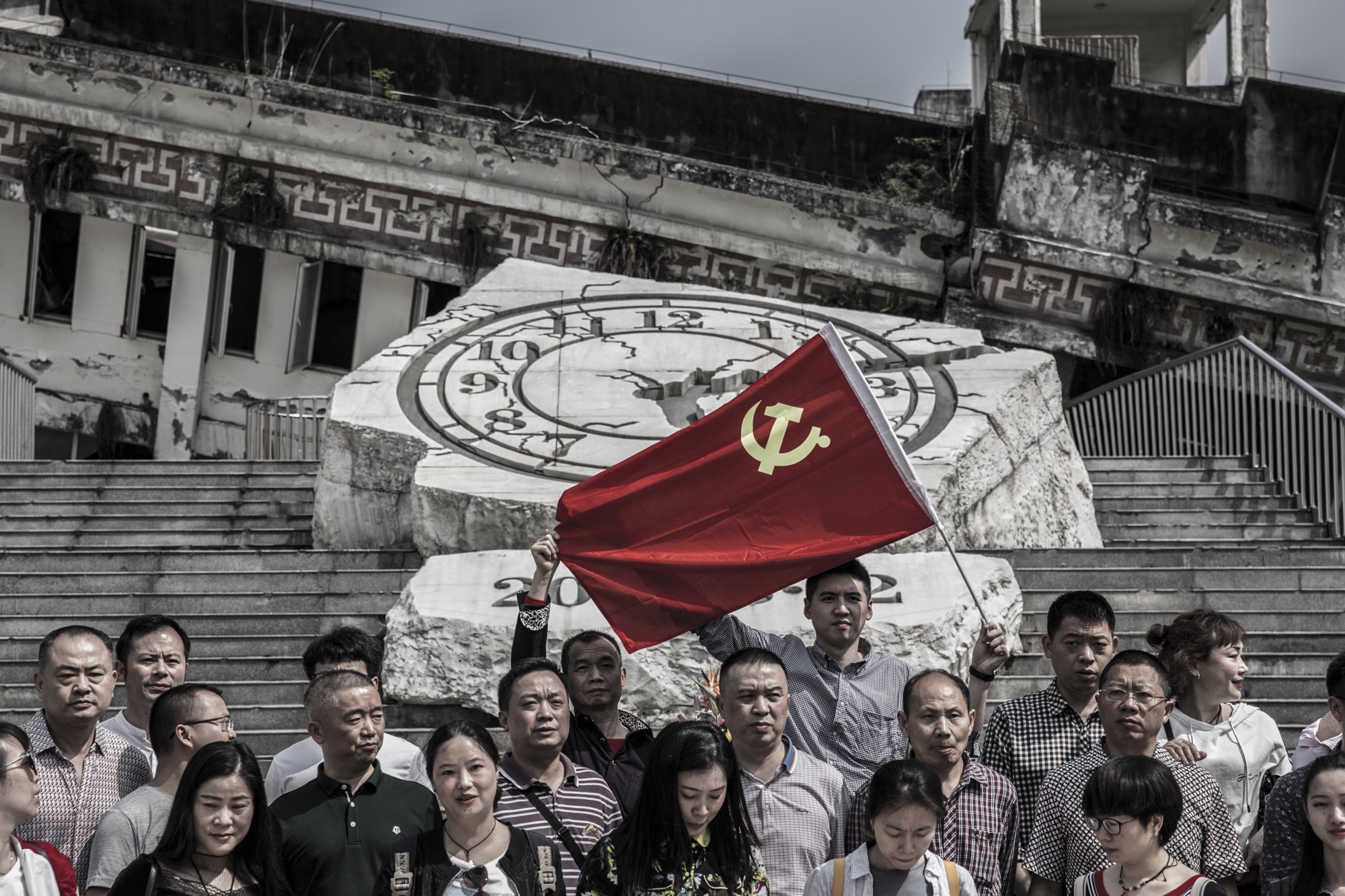

ON SATURDAY, MAY 12, towns across Sichuan Province will host delegations of party leaders paying their respects to the estimated 90,000 people killed in the Wenchuan earthquake. But the memorial rituals will be equally focused on the glorious response of the Chinese Communist Party. As one popular slogan from 2008 put it, “The earthquake is heartless, but the party has a heart!”
In fairness, the Chinese state did a lot of good in the aftermath of the disaster. In the early days, it was praised for its quick and transparent response, the access that it granted to both domestic and foreign media, and the increased coordination with Chinese civil society organizations. During the reconstruction period, the CCP claims to have rehoused 6.6 million people and rebuilt 3,000 schools and nearly 1,100 medical facilities within three years, an impressive feat — though such speedy reconstruction came with high costs and, as I’ve written elsewhere, unfulfilled promises.
But there is inevitably more to the story than the official narrative, considering the scope of the disaster: in addition to the 90,000 who lost their lives, the earthquake injured 375,000, displaced between 4.8 and 10 million, and cost an estimated $86 billion. It is these stories and other fragments that don’t fit into the official narrative that the Chinese state has kept from being told — sometimes by force.
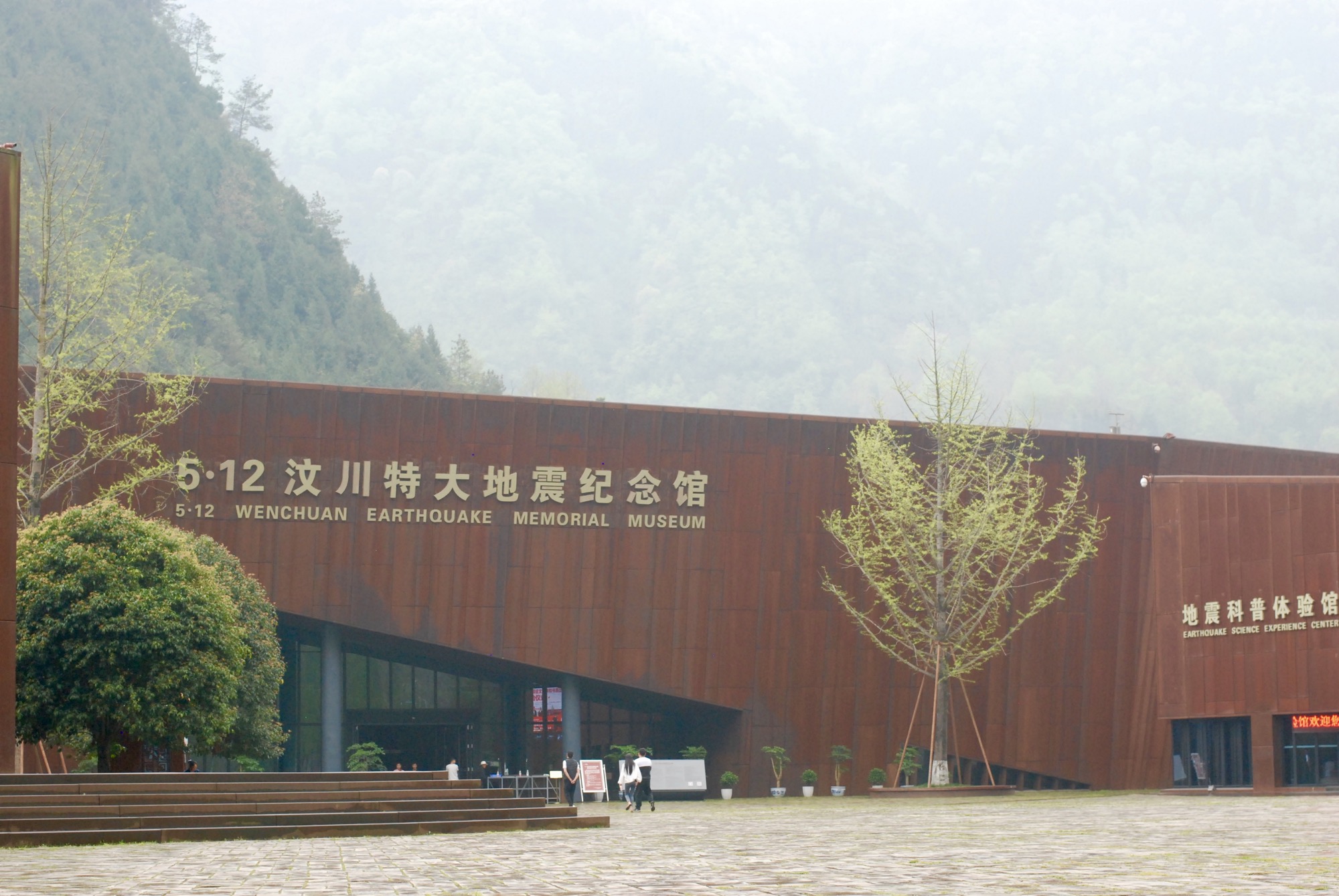

THE SITE OF what used to be Beichuan Middle School is now a modern, well-designed and maintained earthquake museum that, despite its purported focus, has dedicated only one of its 15 or so exhibition halls to the earthquake itself, with the rest focusing on the Chinese state’s disaster response. It’s a striking visual representation of the state’s efforts to control the narrative around the earthquake.
The collapsed school, where between 1,000 and 1,300 students and teachers died, was completely dismantled after the quake. Meanwhile, just six kilometers away, the ruins of the old town of Beichuan has been preserved in situ as a memorial.
It’s a striking visual representation of the state’s efforts to control the narrative around the earthquake.
No signs, plaques, or other markers acknowledge the school that used to exist on the grassy knoll here — or the ashes of its students buried underneath. It took three years for their remains to be buried: in 2011, under cover of night, with family members in small groups and under the watchful eyes of riot police and local party officials, their ashes were interred. “[We were] burying a child, but they treated us like robbers,” recalls Yun Xianying, a mother in Beichuan.
A few years later, parents quietly tried to erect their own gravestone, but local security officials tracked down the gravestone maker and, also under cover of night, confiscated it directly from his workshop before it could be installed at the children’s mass grave.


REMEMBERING, in the People’s Republic, is often a political act, and in the aftermath of the Wenchuan earthquake, those who dare hold on to their own memories in lieu of the state-sanctioned one have been treated as criminals.
Sichuanese activist Huang Qi 黄琦, who ran a database of the disappeared called 64 Tianwang 六四天网, was charged with “illegally possessing state secrets” in November 2009 and sentenced to three years in prison. He was released in 2011 but arrested again in November 2016, and has been held without charge ever since. Artist Ai Weiwei 艾未未, who attempted to attend Tan Zuoren’s August 2009 trial, was beaten so badly that he had to undergo surgery to remove a brain clot. The artist was then detained in 2011 for 81 days before being charged with tax evasion and fined $2.4 million, but his real, unnamed crime was publishing the Sichuan Earthquake Names Project on his personal blog.
In addition to these cases of well-known activists, the primary target of the state’s enforced amnesia is the outspoken parents of the deceased children, for whom the initial pain of loss has been exacerbated by the response of the Chinese state. Despite their protests, written petitions, and lawsuits, there has been no official investigation into the deaths of up to 7,000 schoolchildren, most of which occurred in just 20 of the 6,000 damaged schools, according to Tan’s investigations. On the contrary, parents have been bribed, threatened, detained, monitored, intercepted en route to petition, and beaten. The combined tactics have worked: most parents have, publicly at least, given up.
But not all.
Guo Guangrong 郭光荣, a father from the city of Mianzhu, whose 13-year-old daughter died alongside 125 of her classmates at Fuxing Second Primary School, is one of the few who continues to actively demand an investigation. Last February, during the annual Two Sessions meeting, he was one of 18 parents who tried to travel to Beijing to petition the highest courts for an investigation, after previous efforts at the local and provincial levels were ignored. The parents snuck to Chongqing, some 450 kilometers away, in an attempt to evade local public security officials; they were unsuccessful, and forcibly sent home.
A few months later, in May, Guo switched tactics and sent a letter to a Mianzhu court, again asking for an investigation. When he returned, as instructed, nine days later for a response, he was told that the head of the responsible unit was unavailable. They “forcibly” made him take his documents back. Had they kept the papers, they would have been legally compelled to create a case file and give an official response.
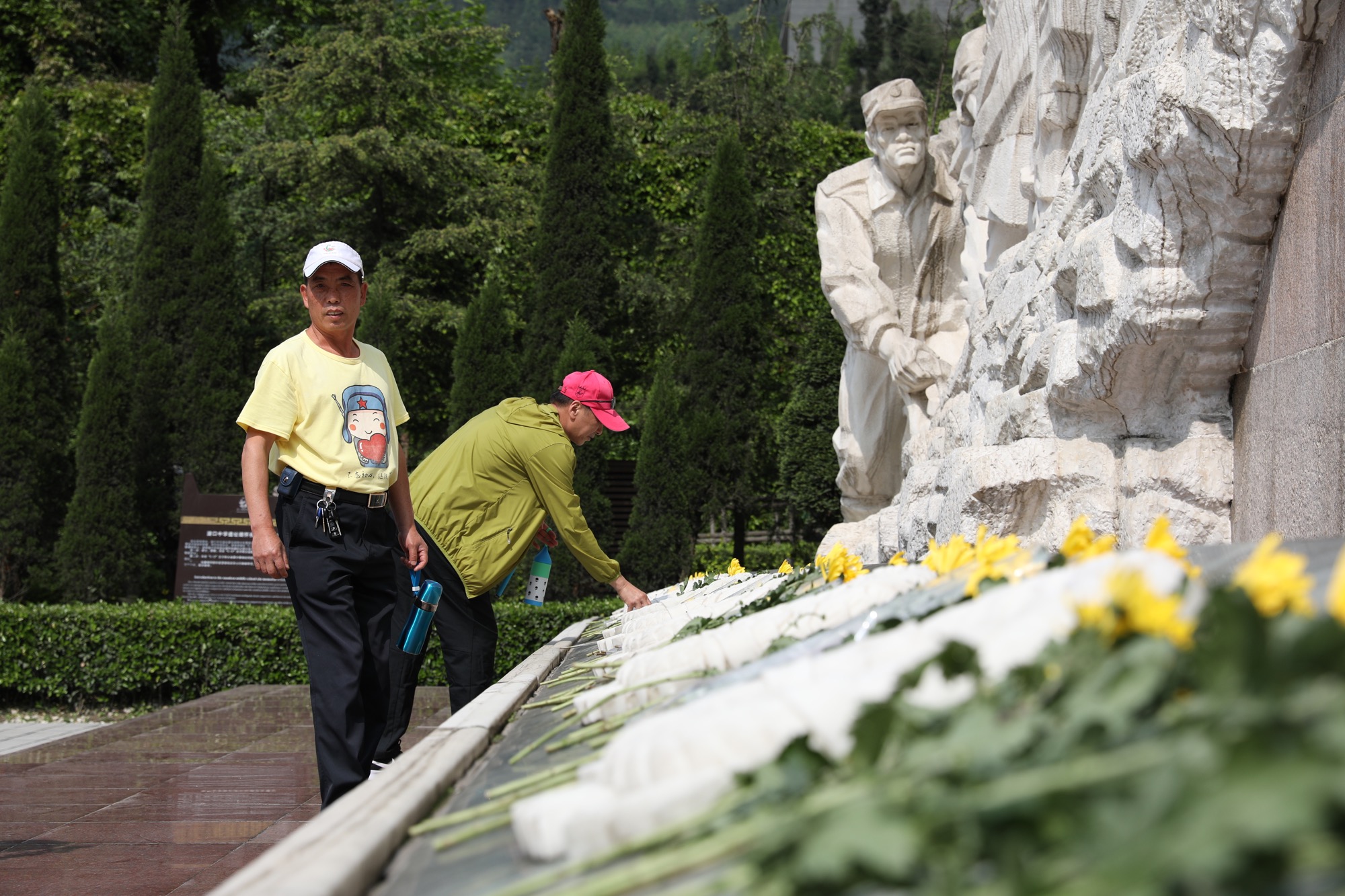

THEORETICALLY, THE CHINESE constitution guarantees its citizens “enjoy freedom of speech, of the press, of assembly, of association, of procession, and of demonstration,” and the country’s laws guarantee citizens the right to petition with the expectation of receiving response, either in the form of a case file being created or, if it is rejected, an explanation as to why within seven days.
In practice, however, local officials have developed creative ways of avoiding a response: “losing” documents, forcibly returning them, or intercepting people on their way to the petition offices of higher courts and bureaus.
But, Tan emphasizes, it’s the local governments that are in the wrong. “The local and provincial judges are actually taking illegal action. They’re essentially challenging the decisions of the highest court,” he says. Knowing that he is on the right side of the law — however flimsy those laws are in practice — provides him some source of strength. “I’m not trying to cause a revolution. My purpose is to simply, legally resolve this issue.”
Tan is realistic: he and other parents know that a favorable outcome is unlikely. But in the meantime, they continue to fight for a small space within the official narrative for their own memories and experiences. “It’s a way of life now,” Tan says about the parents, though he may as well be describing himself. “There’s nothing else they can do.”


